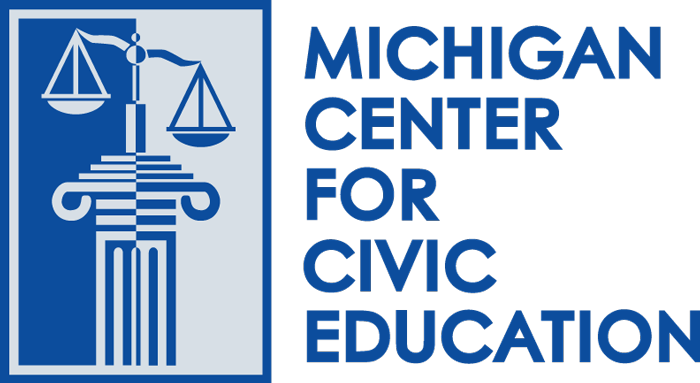This case summary provides teachers with everything they need to teach about Hazelwood v. Kuhlmeier (1988). It contains background information in the form of summaries and important vocabulary at three different reading levels, as well a review of relevant legal concepts, diagram of how the case moved through the court system, and summary of the decision. This resource also includes seven classroom-ready activities that teach about the case using interactive methods.
Civics Lessons
Hazelwood v. Kuhlmeier (1988)
US v. Jamie Becker and Kim Hanks
Case developed for the 2006 Michigan High School Mock Trial Tournament
Criminal Case-counterfeiting
We the People
Students recognize the different parts of the U.S. Constitution and conduct a close text reading to discover the meaning and significance of each part. Throughout the lesson, students will track the development of the Constitution from the original document and its articles to the amendments up through the 1992 edition of the Twenty-Seventh Amendment.
Tinker v. Des Moines (1969)
This case summary provides teachers with everything they need to teach about Tinker v. Des Moines (1969). It contains background information in the form of summaries and important vocabulary at three different reading levels, as well a review of relevant legal concepts, diagram of how the case moved through the court system, and summary of the decision. This resource also includes seven classroom-ready activities that teach about the case using interactive methods.
Texas v. Johnson (1989)
This case summary provides teachers with everything they need to teach about Texas v. Johnson (1989). It contains background information in the form of summaries and important vocabulary at three different reading levels, as well a review of relevant legal concepts, diagram of how the case moved through the court system, and summary of the decision. This resource also includes six classroom-ready activities that teach about the case using interactive methods.
Participating in the Jury System
Students participate in activities and discussions about the relationship of a democratic society to its legal institutions, and the issues of fairness and equality under the law and legal system. They learn how constitutional amendments such as the Fourteenth Amendment influence lawsuits, and they will apply concepts within the Bill of Rights to jury trials. Students conduct research to compare the U.S. jury trial system to trial systems in other countries.
The Constitution in Today’s America
This lesson teaches students about the development and role of the Constitution of the United States. Students will learn about the relationship between the Constitution and a democratic government
New Jersey v. T.L.O. (1985)
This case summary provides teachers with everything they need to teach about New Jersey v. T.L.O. (1985). It contains background information in the form of summaries and important vocabulary at three different reading levels, as well a review of relevant legal concepts, diagram of how the case moved through the court system, and summary of the decision. This resource also includes seven classroom-ready activities that teach about the case using interactive methods.
Investigating the Departments of the Executive Branch
In this lesson, students learn about the role of bureaucracy in U.S. government; they then examine the history, leadership, organization, and goals of executive agencies.
Life, Liberty, and the Pursuit of Happiness: A Lesson on the Declaration of Independence
Students will understand the meaning and central ideas of the Declaration of Independence; cite textual evidence to analyze this primary source; and analyze the structure of the document.

